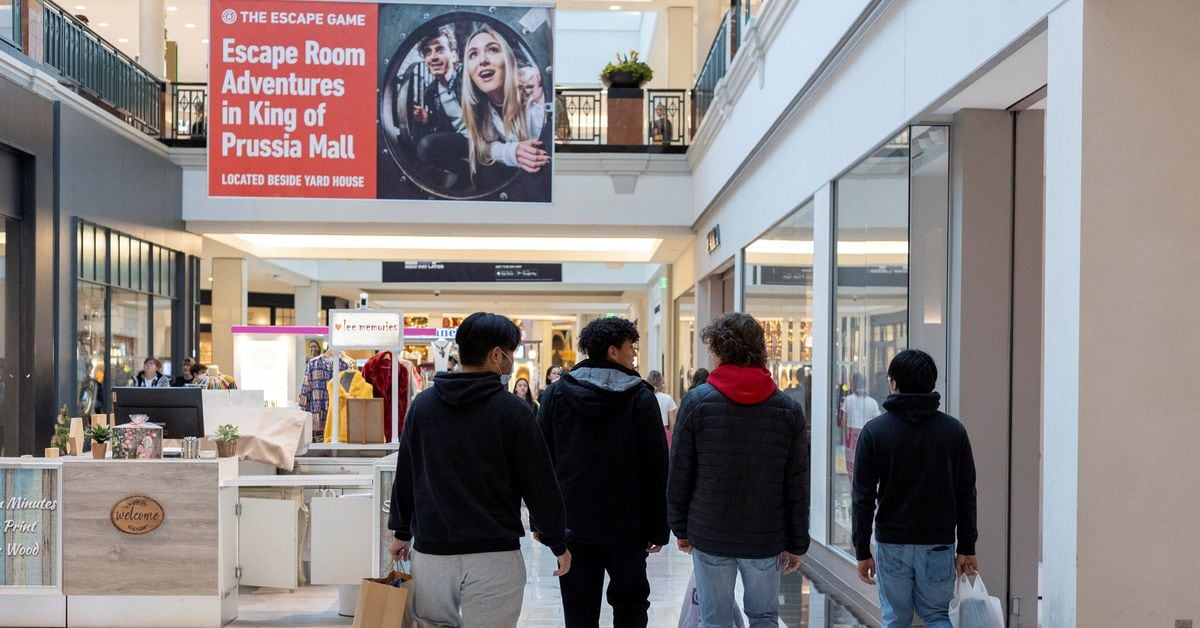The only organized theft happening here is retail lobbyists against consumers
When the main companies that control that vast amount of the market, can all fit around a boardroom table. You don’t have a competition, you have an oligopoly masquerading as competition.
Remember, if you’re in a large retail store and see someone stealing essentials, no you didn’t.
Shiiiit, I’ll run cover for that person.
This is the best summary I could come up with:
The NRF’s claim that organized retail crime accounted for “nearly half” of inventory losses was repeated in multiple media reports on the issue.
According to NRF spokesperson Danielle Inman, the claim that organized crime accounted for nearly half of all inventory losses was based on two-year-old testimony from Ben Dugan, former president of the advocacy group Coalition of Law Enforcement and Retail.
The NRF’s retraction highlights ongoing difficulties in quantifying the role crime plays in “shrink” – another industry term for inventory losses due to any cause, from shipping mistakes to clerical errors.
Some law enforcement sources, including a November report from the Council on Criminal Justice, suggest that shoplifting outside major cities like New York has decreased since the start of the COVID-19 pandemic.
Target (TGT.N), DICK’s Sporting Goods (DKS.N) and Walgreens (WBA.O) are among major retailers that have cited rising crime as a significant drag on profitability, though some have since walked back on those concerns.
In a January earnings call, Walgreens’ CEO told investors that “maybe we cried too much” when reporting rising shoplifting the previous year.
The original article contains 660 words, the summary contains 180 words. Saved 73%. I’m a bot and I’m open source!



